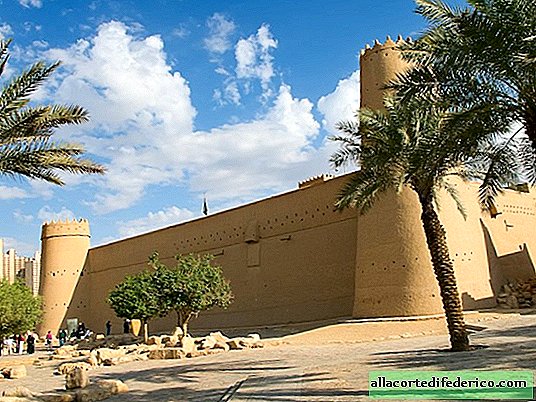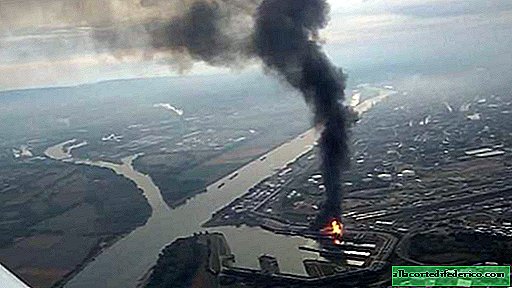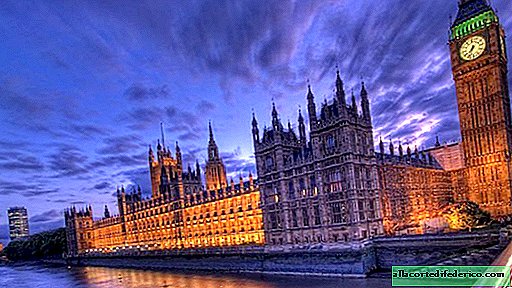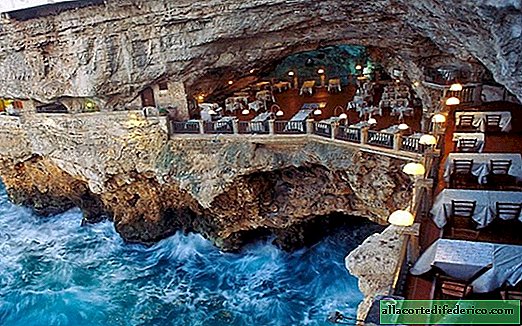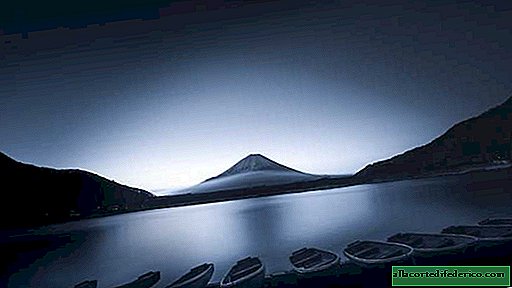Satellite-illuminator: can China realize what Russia failed to do
The world is actively discussing statements by Chinese engineers that in the coming years an artificial reflecting satellite will be launched into orbit, which will illuminate the city of Chengdu. But the idea of using sunlight to illuminate the surface of the Earth in the dark is not new at all - it is almost 100 years old. It is interesting that attempts to launch something similar have already been undertaken, but we will tell you how it ended.
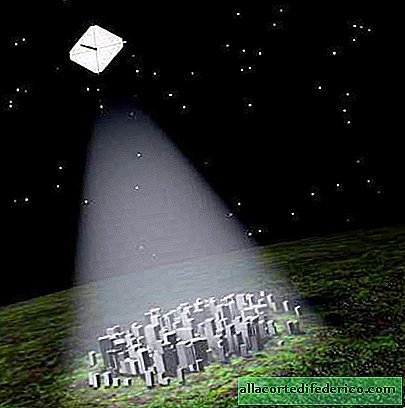
The very idea of lighting the Earth's surface with the help of reflected sunlight is simple and brilliant at the same time. Such an opportunity was expressed even at the dawn of the development of cosmonautics, in the 20s of the last century, when mankind thought about the prospects of using near-Earth space. It was assumed that if a satellite with light-reflecting plates was placed in orbit, it would be possible to direct a beam of reflected sunlight into the dark hemisphere. It will be a kind of solar bunny, only of planetary proportions. Illumination of surface areas is a very profitable project, for example, for Russian cities located beyond the Arctic Circle, where for several weeks, or even months, the sun does not appear above the horizon.

The first such project, which reached a stage of development in its development, was the Russian banner of the Znamya space experiment. In October 1992, the launch of the Banner 2, which was a solar sail with a width of 20 meters, was launched, and in February 1993 it was successfully deployed near the Mir station. A light spot with a diameter of 8 kilometers formed on the surface of our planet, which has traveled from France to the western part of Russia. In this case, the created lighting was equivalent to the moonlight, which is reflected from the surface of our satellite during the full moon. The next "Banner 2.5", launched in 1999, suggested the installation of a more powerful reflector in the form of a solar mirror in orbit. But during its implementation, an emergency situation arose, the mirror could not be opened. After that, the project "Banner" was minimized.
And today, Chinese engineers are working to create a reflector that would illuminate the city of Chengdu in the dark. This Chinese metropolis with a population of more than 11 million people is located in Sichuan, in the central part of the country. It is assumed that reflectors aimed at the city will illuminate city streets at night, and their brightness will exceed the light from the moon by 8 times.

Specialists predict such a great future in orbit. After all, if it is possible to organize the successful functioning of such reflectors, then it will be possible to use these facilities for commercial purposes - to illuminate areas of the planet that are in dire need of it.
Well, on our planet there are a couple of places where it was possible to implement projects to illuminate dark areas with reflected sunlight. So, for example, an Italian village called Viganella, located in a deep valley, where from November to February does not get sunlight. But the problem was solved by installing large reflectors on the mountain peak that illuminate the homes of 200 residents of the settlement.




